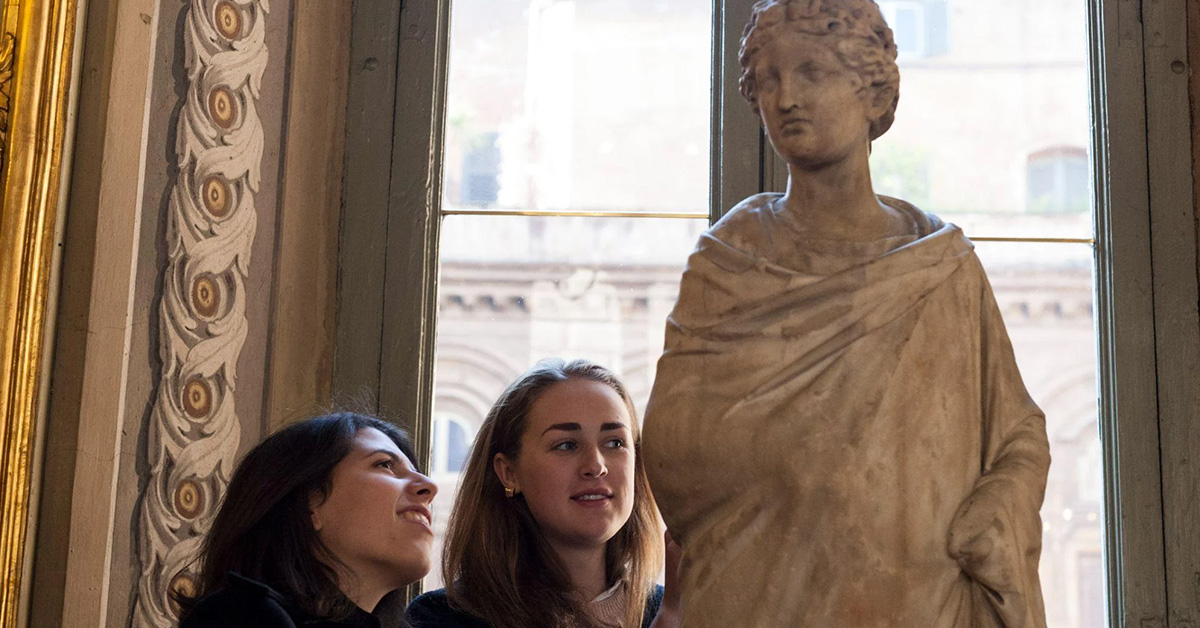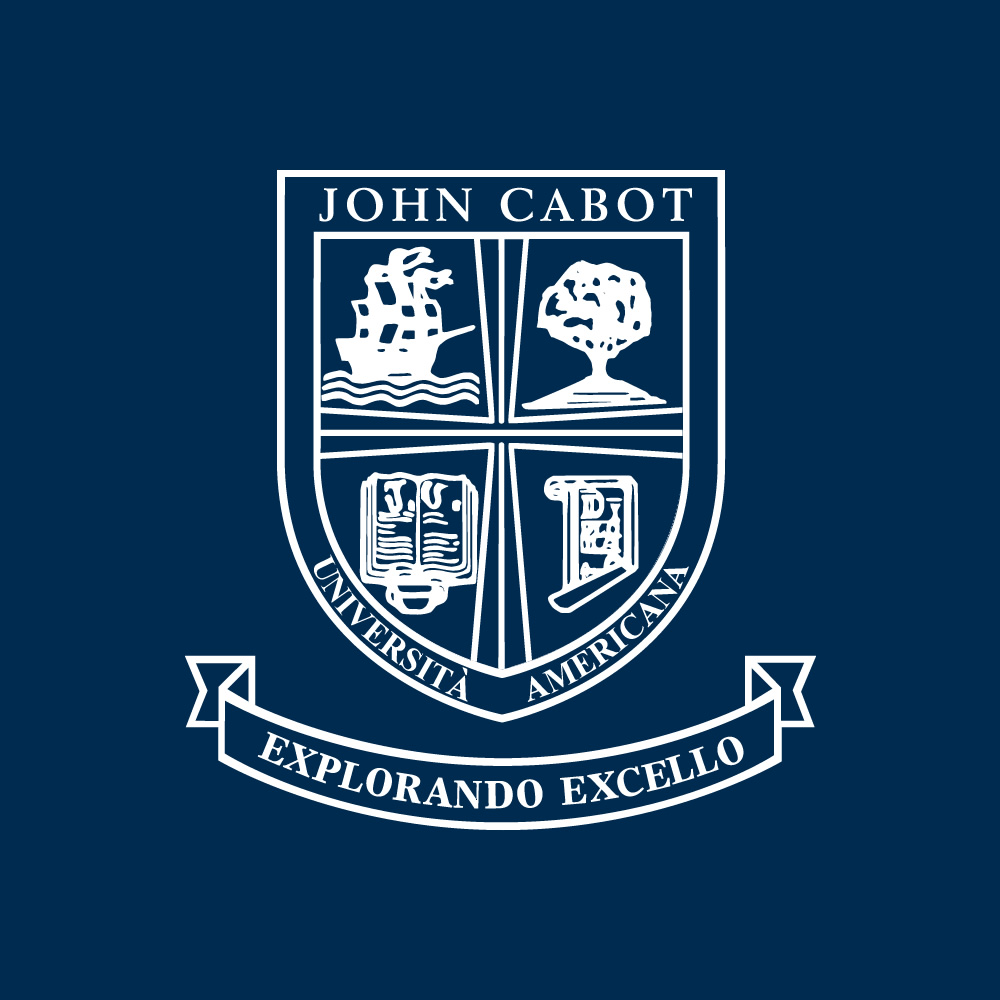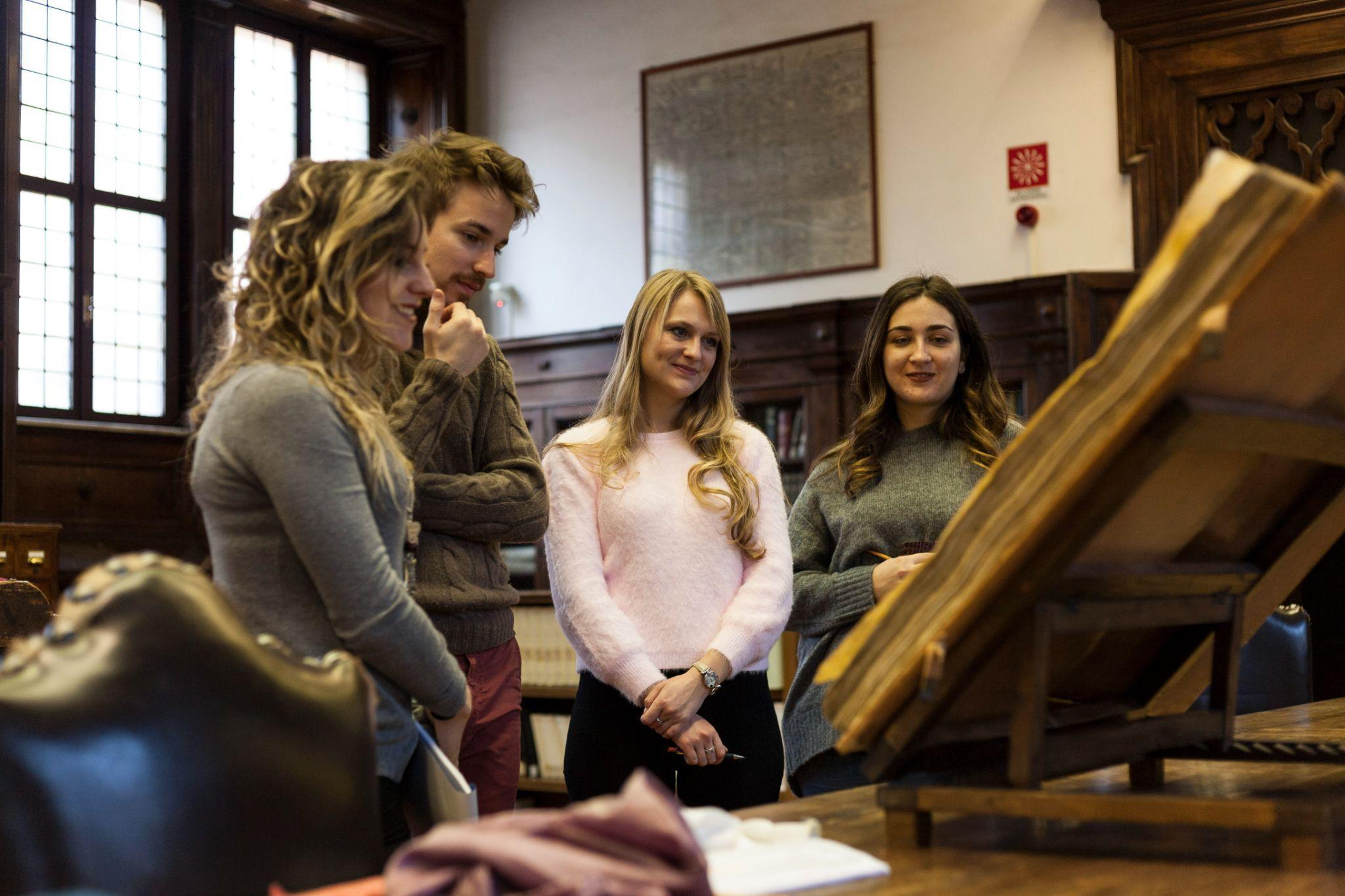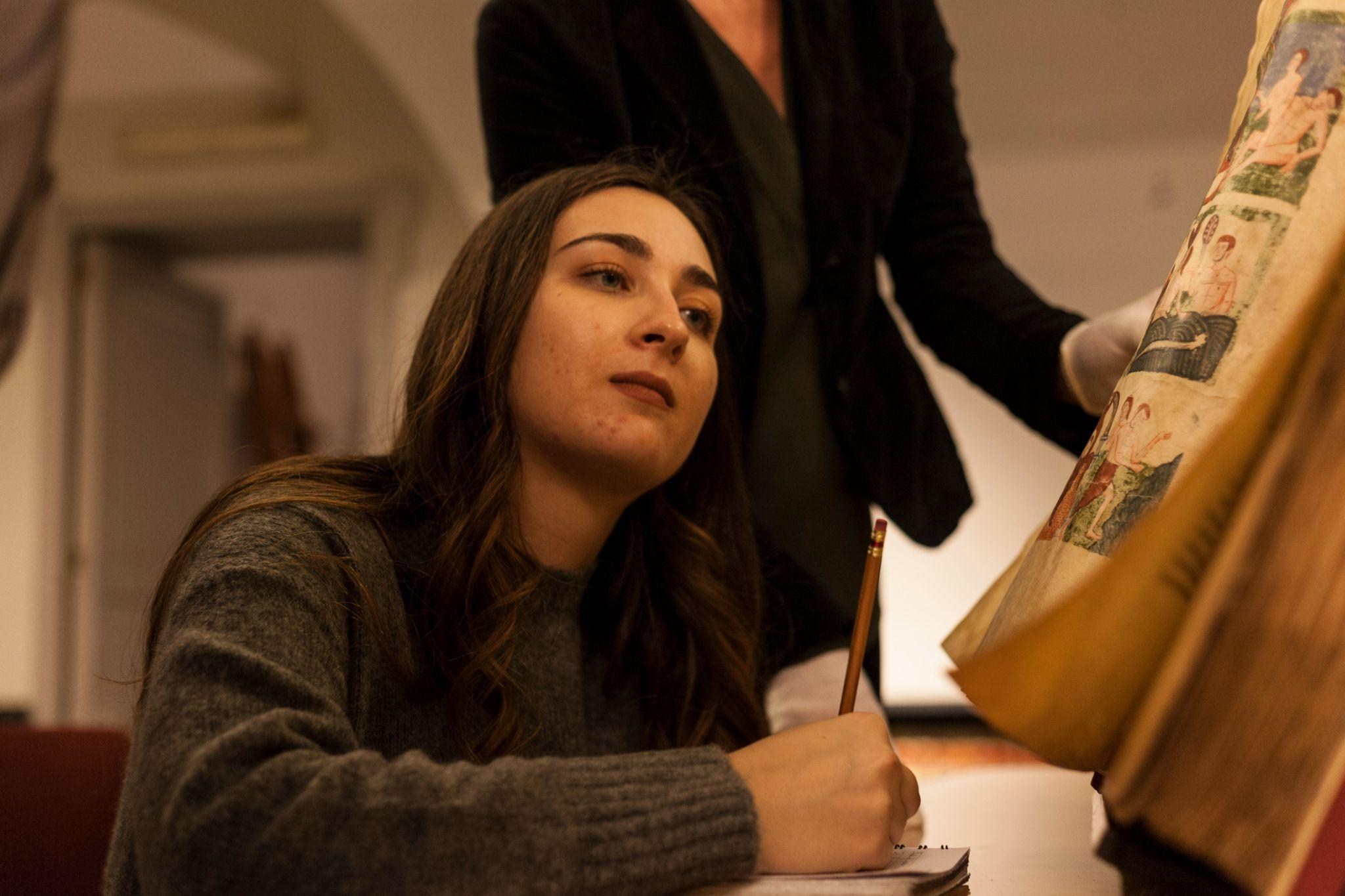

In many ways, art tells the story of humanity. If you’re interested in a graduate degree in art history, you’ll explore how historical events, cultural context, and human innovation have made the art world what it is today. Few periods had as significant an impact as the Italian Renaissance, and during your art history studies, this revolutionary time in Italian history will be explored in depth. A time of great philosophical, cultural, and scientific shifts, this period will be integral to your education and, undoubtedly, a riveting subject to study. Read on to discover the historical context from which the Italian Renaissance emerged and its impact on the world.
The Historical Context Of The Renaissance
In the fourteenth century, Italy was a unique part of Europe, being divided into distinct city-states with their own governmental structures. The Italian Renaissance emerged from one of these city-states: Florence. This region was a banking and commercial capital and was the third largest city in Europe after London and Constantinople. Florence became a playground for the wealthy and powerful, who patronized the arts and scientists. This is how advancements in art, philosophy, and science exploded in Italy.
The Italian Renaissance Brought About Vast Philosophical And Cultural Change
As you’ll discover during your studies, art periods often begin with ideological shifts. Fifteenth-century Florence was a great place for artists and writers. With the patronage of rich Florentines, they could dedicate all of their time to their crafts. They spent their time traveling and studying ancient ruins and texts – much like you’ll be doing when you earn your MA in Art History at JCU.

Discover the intellectual and cultural impact of the Renaissance when you study art history in Rome
From their studies emerged a fresh perspective characterized by secularism, an appreciation for humankind’s achievements, and an appreciation for physical beauty. This perspective, called humanism, stood in stark contrast with the dark ages that preceded the period, which was characterized by theocracy and limited philosophical and technological advancement. Humanists hold the progressive belief that even without theism or supernatural power, humankind has the ability to lead ethical, fulfilling lives that contribute to the greater good. How did this new outlook affect art?
Learn How The Italian Renaissance Impacted Art As You Earn An MA in Art History
In years past, artists were subject to rigid conventions and their work was often used as a vehicle for religious indoctrination. During the Renaissance, the artist became an individual able to explore novel subjects; however, religion remained a major part of life. Though scenes from the bible were still at the center of art, artists could approach them differently than ever before.

Discover the true impact of the Renaissance and various other periods in our MA in art history
Renaissance art was characterized by naturalism, where artists strove to represent biblical scenes in a way that viewers could better connect with rather than the gold-plated, opulent art of the dark ages. New paint types emerged during the Renaissance as well, such as fresco paint, tempera paint, and at the end of the Renaissance, oil paint.
Intrigued by the Renaissance? When you study art history in Rome, you can take a dedicated course in the period where you can examine the social, cultural, and intellectual context of fourteenth-century Italy in detail, study major and minor works from the period, and take illuminating excursions where you can experience renaissance art for yourself.
Ready to explore Art History at John Cabot University?
Contact us to learn more!




